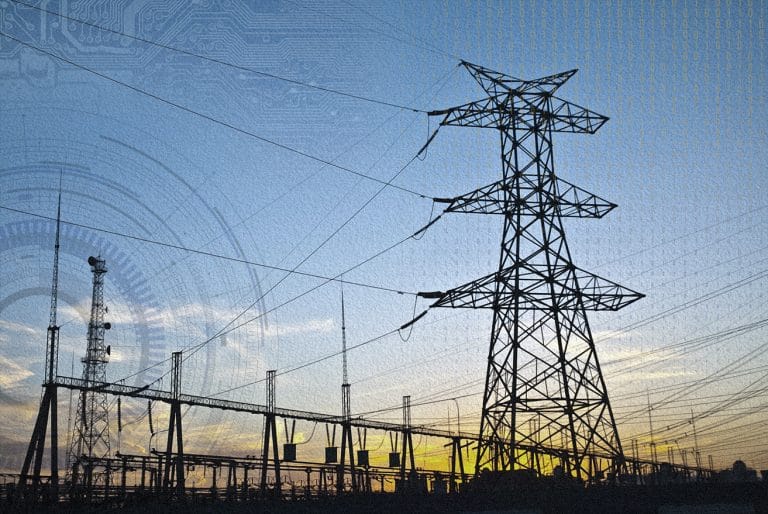Smart Grid Performance with Virtualisation Blog is based off “Optimizing Smart Grid Performance , Protection and Profitability with Virtualization” originally written by our friends at the Crystal Group. To view the original article, see here.
Australia is experiencing similar circumstances within the Electricity Industry. With renewable resources being introduced to the grid and increasing power demands due to unusual weather conditions. It is forcing electricity providers to think differently, in how they operate. Also, to consider what technologies are available to meet these rapidly changing needs and expectations of consumers.
Firstly, the need for more and newer types of data reflects the advent of renewables and co-gens. Consumer based generation has changed the grid to a two-way street. Therefore, this morning’s consumer may be a power provider this afternoon.
Initially, at the turn of the 20th century, the power grid was designed for residential and industrial users. As well as coal and gas-fired power producers located in a few places. And as computers became a workplace essential, a simple two-way data flow and communication were added as power demands grew.
However, now with the growing use of renewable energies from home rooftop solar panels and wind turbines. The line between user and producer is not so clear.
Therefore, a dramatic change has occurred on what today’s power grid acts like. The pressure is on electricity operators to adapt and adjust in real-time. Pushing adjustments to the edge – wherever power is generated.
Crystal Group suggest Rugged Hardware is the foundation for the future of the electric power grid and here is why.
- An electrical Substation
- Remote location with limited and no commercial infrastructure
- No onsite staff
- Just computers and some old school levers
- Exposed to extreme weather and other environmental variables
These conditions are brutal compared to clean, temperature-controlled data centres which house thousands of servers for the internet. Conditions for an electrical substation really tests high performance computing something that an off the shelf laptop would not survive.
So, to deliver seamless operations in remote substations, the computing solution must:
- Meet strict IEEE, IEC and other new emerging standards for the region
- Be of high reliability with predictable performance
- Easy to transport and install in remote locations
- Have a long operational life
Therefore, to modernise the grid – the individual computers, controllers and monitoring devices are being made smaller. These virtual machines use software running on special servers to share the workload, optimise the hardware and reduce costs of initial set up as well as ongoing maintenance. Called a virtualised centrally managed system. It will change the landscape of the industry today to meet the challenges of today and into the future.
Smart Grid Performance with Virtualisation – how do electricity providers and consumers benefit?
A virtualised system provides remote control, increased reliability and increased security whilst reducing operational costs. Other benefits include
- Reducing multiple working loads from various pieces of equipment to a few servers designed to process data and survive conditions
- Reducing physical hardware needs and ongoing maintenance costs
- Running separate applications simultaneously on a common server
- Increasing uptime through hyperconverged infrastructure such as clustering the consolidates software defined computing, storage and networking into one cluster
- Automatically migrating virtual machines of a failed server to another without disruption
- Providing integrated cybersecurity protections
By using rugged, high performance computing solutions designed and tested to meet strict industry standards, will modernise the power grid. It will ultimately provide a smooth, power flow.
To see the substation for the modern power grid, click here.
